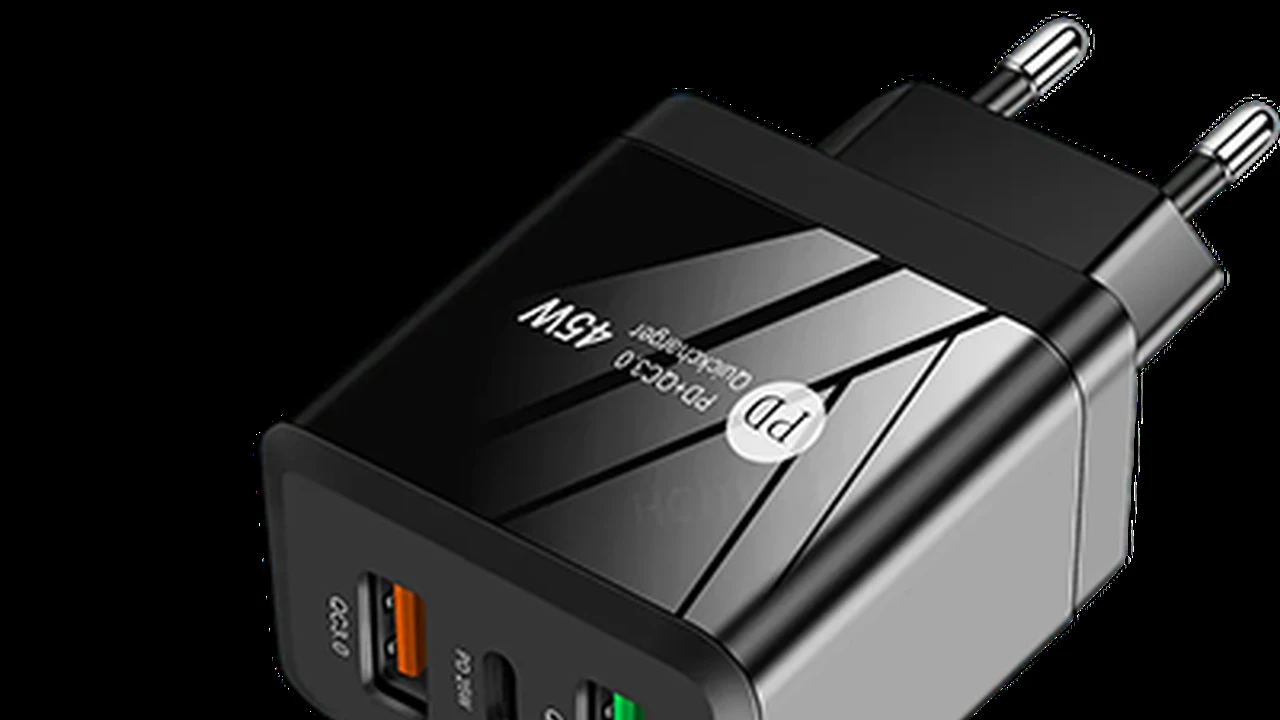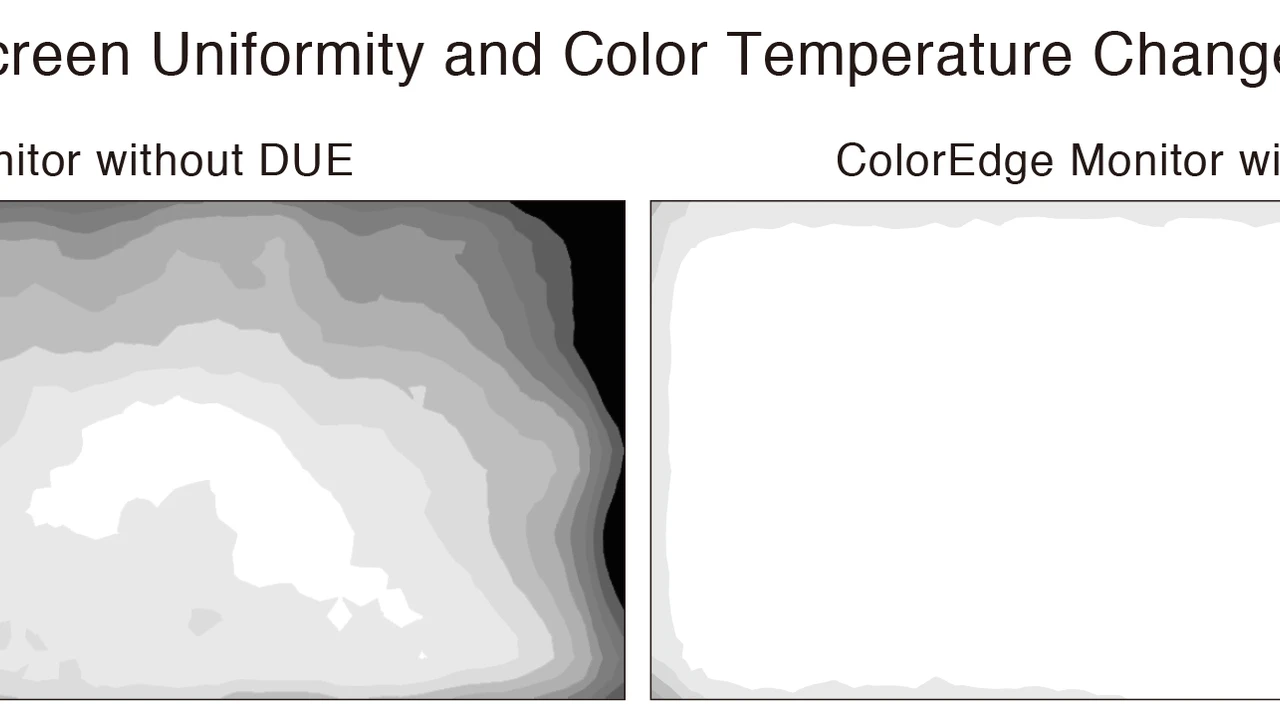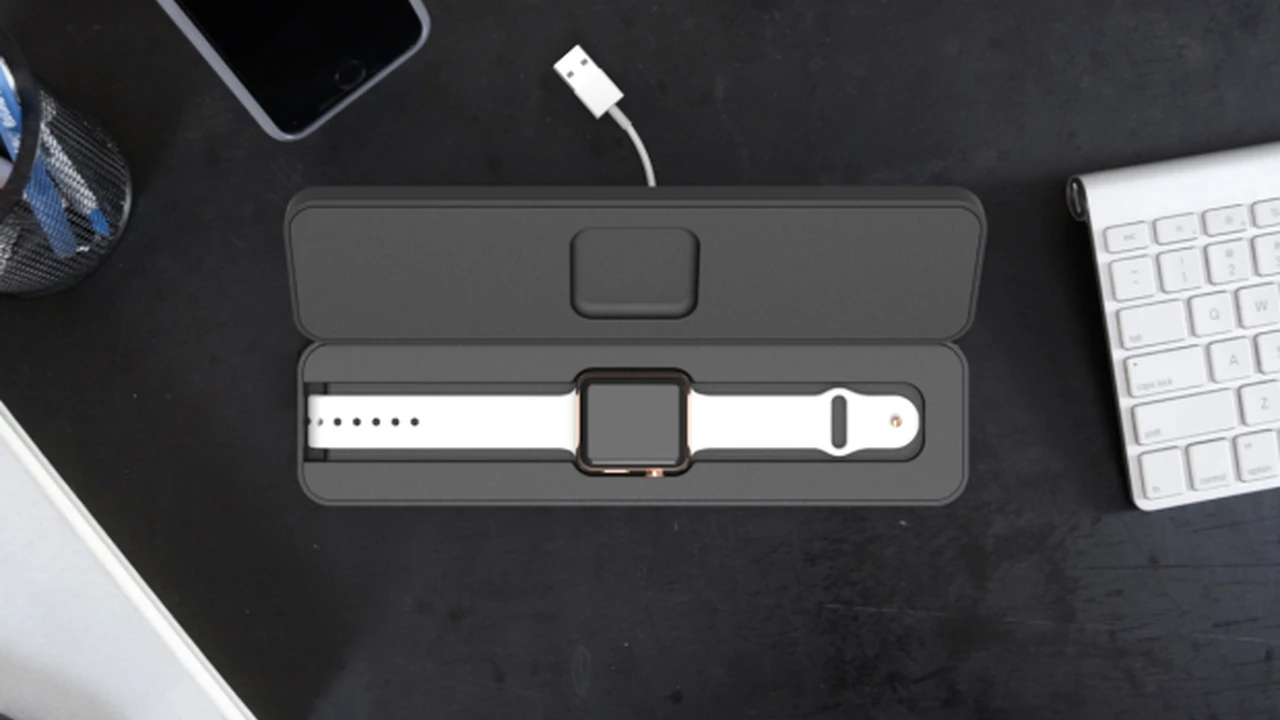Smartwatch Adapters and Converters for Connectivity
Explore useful smartwatch adapters and converters for enhanced connectivity and compatibility with other devices.

Smartwatch Adapters and Converters for Connectivity
In the ever-evolving landscape of wearable technology, smartwatches have become indispensable companions for many. They keep us connected, track our health, and even help us manage our daily tasks. However, the true potential of a smartwatch can sometimes be limited by its inherent connectivity options. This is where the unsung heroes of the accessory world – smartwatch adapters and converters – step in. These ingenious devices are designed to enhance your smartwatch's compatibility, allowing it to interact seamlessly with a broader range of peripherals and systems. Whether you're looking to connect to older audio equipment, expand storage, or simply ensure universal charging, understanding the different types of adapters and converters available can significantly elevate your smartwatch experience.
Understanding Smartwatch Connectivity Basics Bluetooth Wi-Fi NFC
Before diving into adapters, it's crucial to grasp the fundamental connectivity methods of most smartwatches. The primary wireless technologies are Bluetooth, Wi-Fi, and NFC (Near Field Communication). Bluetooth is the workhorse for short-range connections, linking your watch to your smartphone, wireless headphones, or even some smart home devices. Wi-Fi allows your smartwatch to connect to the internet directly, enabling app downloads, streaming, and cloud synchronization without needing your phone nearby. NFC facilitates contactless payments and quick pairing with compatible devices. While these built-in features cover most daily uses, there are scenarios where dedicated adapters become invaluable.
USB C to USB A Adapters Expanding Peripheral Options
Many modern smartwatches, especially those with more advanced features, are adopting USB-C for charging and data transfer. While USB-C offers faster speeds and reversible connectors, many older accessories and computers still rely on the traditional USB-A port. This is where a simple USB-C to USB-A adapter becomes a lifesaver. These small, inexpensive dongles allow you to connect your USB-C smartwatch cable to a standard USB-A wall charger, power bank, or computer port. They are essential for ensuring universal charging compatibility, especially when traveling or using shared charging stations. For example, if you have an Apple Watch Ultra 2 with its USB-C charging cable, but only a USB-A wall adapter from an older iPhone, this adapter bridges the gap. Similarly, a Samsung Galaxy Watch 6 Classic, which also uses USB-C for its charging puck, benefits from this adapter for broader charging options. These adapters typically cost between $5 and $15, depending on the brand and build quality. They are incredibly useful for ensuring you can charge your device anywhere, anytime, without needing to carry multiple chargers.
Audio Adapters Connecting to Wired Headphones and Speakers
While most smartwatches now support Bluetooth headphones, there are still situations where you might want to connect to wired audio devices. Perhaps you have a favorite pair of high-fidelity wired headphones, or you want to connect your smartwatch to a car's auxiliary input or an older speaker system. For smartwatches that lack a 3.5mm audio jack (which is almost all of them), a USB-C to 3.5mm audio adapter is the solution. These adapters convert the digital audio signal from the USB-C port into an analog signal for your wired headphones. This is particularly useful for smartwatches that offer onboard music storage, allowing you to enjoy your tunes without needing a phone or Bluetooth headphones. For instance, if you have a Garmin Forerunner 965 with downloaded Spotify playlists, you could use a USB-C to 3.5mm adapter to connect it to a portable speaker for a group workout. Prices for these adapters range from $10 to $30, with higher-end models offering better digital-to-analog converters (DACs) for superior sound quality. Brands like Anker, UGREEN, and Belkin offer reliable options.
Ethernet Adapters for Stable Network Connections
This might sound unusual for a smartwatch, but for specific niche use cases, an Ethernet adapter can be surprisingly useful. While most smartwatches rely on Wi-Fi for internet access, a USB-C to Ethernet adapter can provide a more stable and secure wired network connection. This is not for everyday use but could be relevant in scenarios like industrial applications, secure environments, or for developers testing network-dependent smartwatch apps where Wi-Fi might be unreliable or restricted. Imagine a scenario where a smartwatch is used as a control interface in a factory setting; a wired connection could ensure uninterrupted communication. These adapters are less common for consumer smartwatches but exist for devices with full USB-C data capabilities. They typically cost between $20 and $40. While not a mainstream accessory, it highlights the potential for expanding smartwatch functionality beyond typical consumer expectations.
Multiport Hubs Expanding Smartwatch Capabilities
For smartwatches that support more robust data transfer via their USB-C port, a multiport hub can transform your tiny wearable into a mini-workstation. These hubs typically include multiple ports like USB-A, HDMI (for display output, if supported by the smartwatch's OS), and even an SD card reader. While direct HDMI output from a smartwatch is rare, the USB-A ports can be incredibly useful. Imagine connecting a small USB flash drive to your smartwatch to transfer files, or even a compact USB keyboard for more efficient text input on a larger screen (if the smartwatch OS supports it). This is more of a futuristic or experimental use case for most consumer smartwatches, but for devices running more open operating systems or those designed for specific industrial applications, a multiport hub could unlock significant potential. For example, if a future Wear OS smartwatch gains more robust file management capabilities, a hub could allow for direct data transfer. These hubs range from $30 to $100, depending on the number and type of ports. Brands like Anker, Satechi, and HyperDrive are popular for their versatile hubs.
Wireless Charging Converters and Pads Universal Solutions
While not strictly an adapter in the traditional sense, wireless charging converters or universal wireless charging pads act as a form of converter, allowing smartwatches with proprietary charging solutions to potentially charge on standard Qi wireless chargers. Many smartwatches, especially Apple Watch and some Garmin models, use proprietary wireless charging standards that are not compatible with universal Qi pads. However, some third-party accessories exist that claim to convert the Qi signal to the watch's specific charging protocol, or simply offer a dedicated charging puck that plugs into a standard USB port. For instance, a small, portable Apple Watch charging puck that connects via USB-A or USB-C can be considered a converter, allowing you to charge your Apple Watch from any standard USB power source, rather than relying solely on its original charger. These are incredibly convenient for travel. A universal Qi charging pad that also includes a dedicated Apple Watch charging spot (like the Belkin BoostCharge Pro 3-in-1 Wireless Charging Pad, priced around $150) effectively acts as a converter, providing a single solution for multiple devices. For smartwatches that do support Qi wireless charging (like some Samsung Galaxy Watch models), any standard Qi pad (starting from $15) acts as a universal charging solution, eliminating the need for specific cables.
Proprietary to Universal Charging Adapters
Many smartwatches, particularly older models or those from niche brands, come with highly proprietary charging cables and docks. Losing or damaging these can be a major headache. In some cases, third-party manufacturers offer adapters that convert these proprietary connections to a more universal USB standard. For example, a small adapter that plugs into a specific smartwatch's charging pins and then terminates in a standard USB-A or USB-C port. This allows you to use any standard USB wall adapter or power bank to charge your watch, rather than being tied to the original, often bulky, charging brick. These are less common for major brands but can be invaluable for less popular models. Prices vary widely, often between $10 and $25, depending on the specific watch model. Always ensure compatibility before purchasing these specialized adapters.
Data Transfer Adapters for Older Devices
While most modern smartwatches rely on Bluetooth for data sync with smartphones, some older models or specialized fitness trackers might have used more direct data transfer methods, sometimes even requiring a physical connection to a computer. For these, specific data transfer adapters might have been necessary, converting a proprietary port on the watch to a standard USB port on a computer. This is largely a legacy concern now, but for users of older devices, these adapters are crucial for syncing data or updating firmware. For example, some very early fitness bands might have had a unique charging/data port that required a specific adapter to connect to a PC. These are typically found on specialized electronics retailers or online marketplaces for older tech, with prices varying based on rarity.
The Future of Smartwatch Connectivity and Adapters
As smartwatches become more powerful and independent, the need for certain types of adapters might diminish, while others become more prevalent. The increasing adoption of USB-C across all devices means that USB-C to USB-A adapters will remain relevant for a while. As smartwatches gain more robust operating systems and processing power, we might see more demand for adapters that enable external storage, more advanced input methods, or even direct display output for specific applications. The trend towards universal wireless charging (like Qi) could also reduce the need for proprietary charging converters. However, the diverse ecosystem of smartwatches means that specialized adapters will always have a place, ensuring that users can maximize the utility and longevity of their beloved wearables.
:max_bytes(150000):strip_icc()/277019-baked-pork-chops-with-cream-of-mushroom-soup-DDMFS-beauty-4x3-BG-7505-5762b731cf30447d9cbbbbbf387beafa.jpg)






